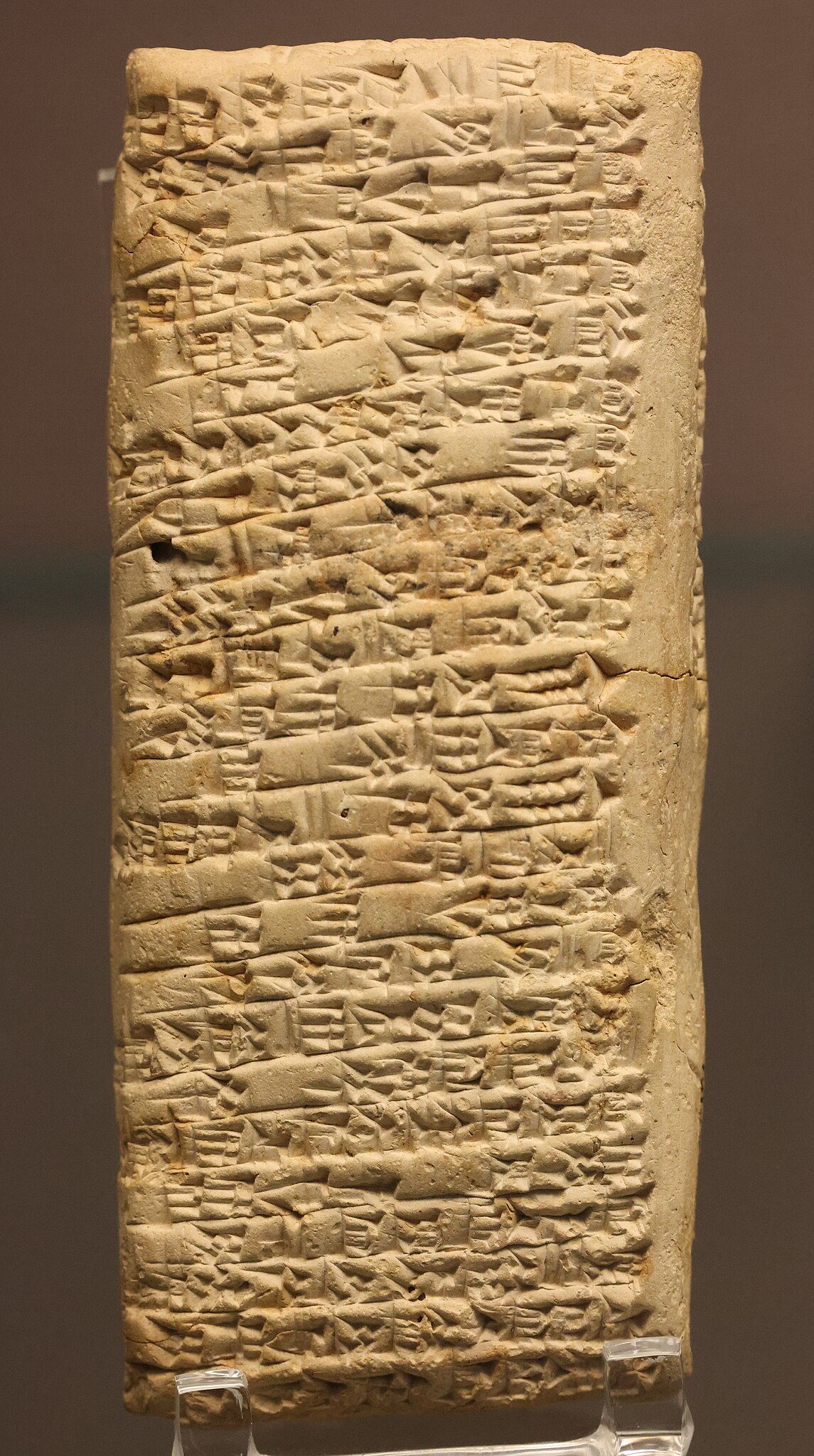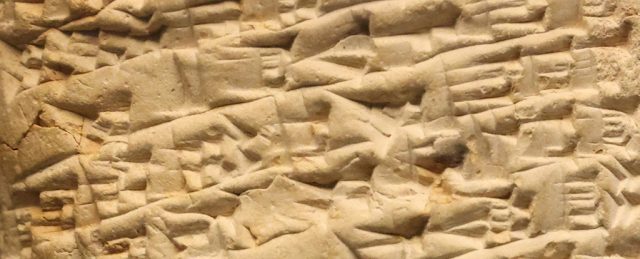Almost 4,000 years ago, a Mesopotamian man named Nanni was so disappointed with the copper he bought from a trader named Ea-nāṣir, that he decided to write a formal complaint. Today, this Bronze Age clay tablet is the oldest customer complaint we know of – and it’s a doozy.
Writing and trade have an inseparable history. Some of the oldest surviving examples of written language are stocktakes and ledgers recorded in the ancient Mesopotamian cuneiform script.
Since copper is a key ingredient in the very bronze the age was named for, it’s no surprise that business surrounding this resource sometimes got heated.
But letting a business know you weren’t satisfied with your order was not so easy in those days. Without a customer help line or an unblinking AI bot to rant at, the outraged customer Nanni had to etch his gripes in earth, and then send it to Ea-nāṣir via messenger (as in, a person who physically carries messages between people, not an app that sends them across the Internet).
Wasting no inch of his clay, Nanni’s complaints cover both front and back of a small tablet measuring 11.6 by 5 centimeters (that’s 4.6 by 2 inches). It was translated from its original Akkadian language by assyriologist Adolf Leo Oppenheim, and published in his 1967 book Letters from Mesopotamia.

“You put ingots [of copper] which were not good before my messenger and said, ‘If you want to take them, take them, if you do not want to take them, go away!'” Nanni writes.
Presumably, he had already given Ea-nāṣir the money for an agreed amount of copper, which, as he seems to have discovered soon after, may not have been a wise move.
In spite of being, by all accounts, a terrible copper merchant, it seems that Ea-nāṣir was a meticulous record-keeper. During 20th century excavations of the city of Ur (in modern-day Iraq), this clay tablet was found alongside multiple others addressed to the same hapless businessman, in what was presumably his own dwelling.
Nanni’s was not the only complaint among these records – Ea-nāṣir seems to have ticked off more than just a handful of his clients – but it’s the oldest, and most scathing.
“I have sent messengers, gentlemen like ourselves, to collect the bag with my money (deposited with you) but you have treated me with contempt by sending them back to me empty-handed several times,” Nanni continues.
“Is there anyone among the merchants who trade with [Tilmun] who has treated me in this way? You alone treat my messenger with contempt!”
‘Tilmun’ traders are thought to have brought several hundred kilograms of copper to Southern Mesopotamia during the 3rd millennium BCE, which includes Ur. It’s unclear whether Tilmun describes the copper’s origin, or a renowned trading post for the metal, but Tilmun copper was so dominant that transactions in Ur were conducted using the ‘Tilmun standard’ of weight.
Yet, by the time Nanni wrote his complaint in 1750 BCE, Tilmun copper had been on a long and steady decline, overtaken by Magan competitors. If Ea-nāṣir was indeed a crooked businessman, it may have been because of his supplier’s dwindling stocks.
“It is now up to you to restore (my money) to me in full,” Nanni concludes. “Take cognizance that (from now on) I will not accept here any copper from you that is not of fine quality. I shall (from now on) select and take the ingots individually in my own yard.”
We will never know if Nanni got his money back, but he certainly had the last word.










